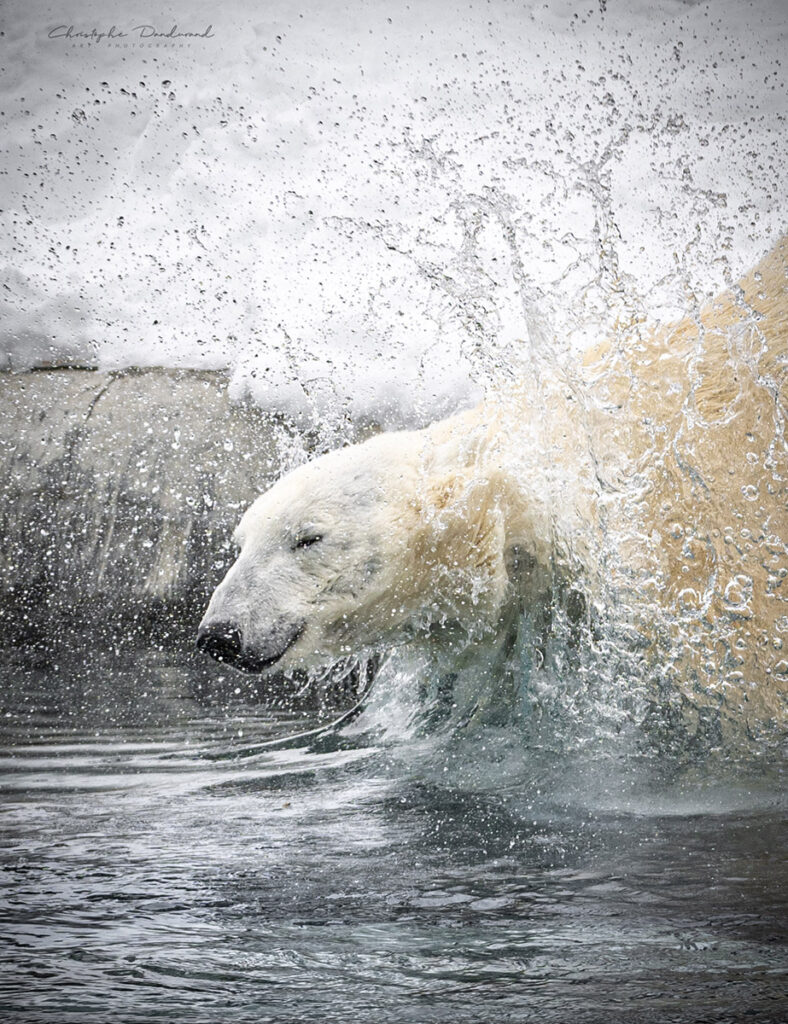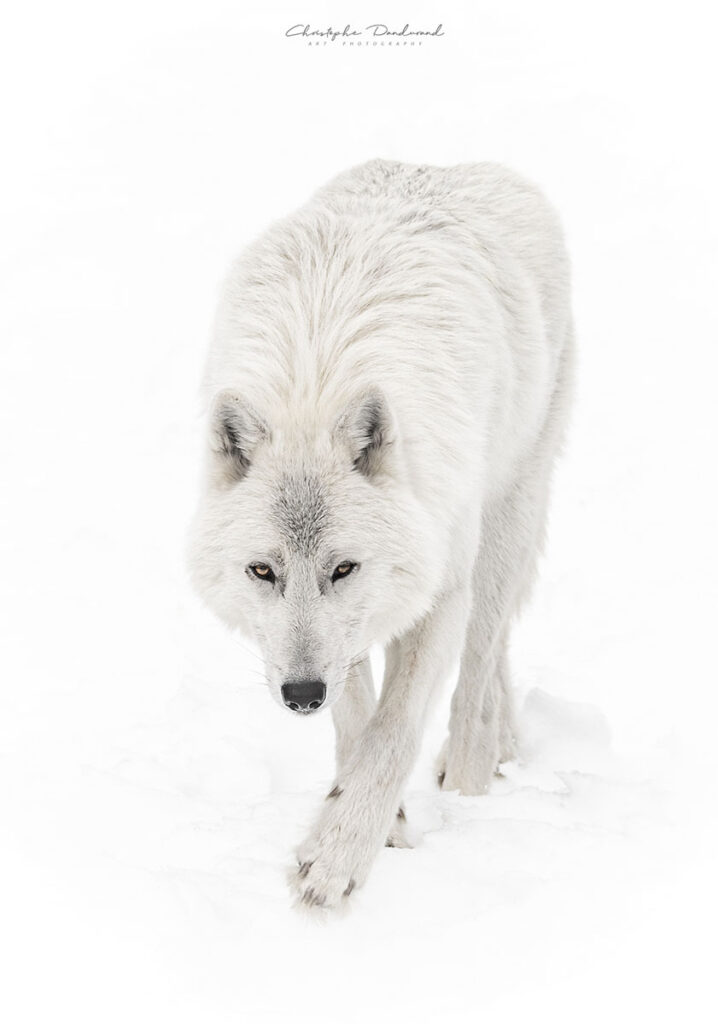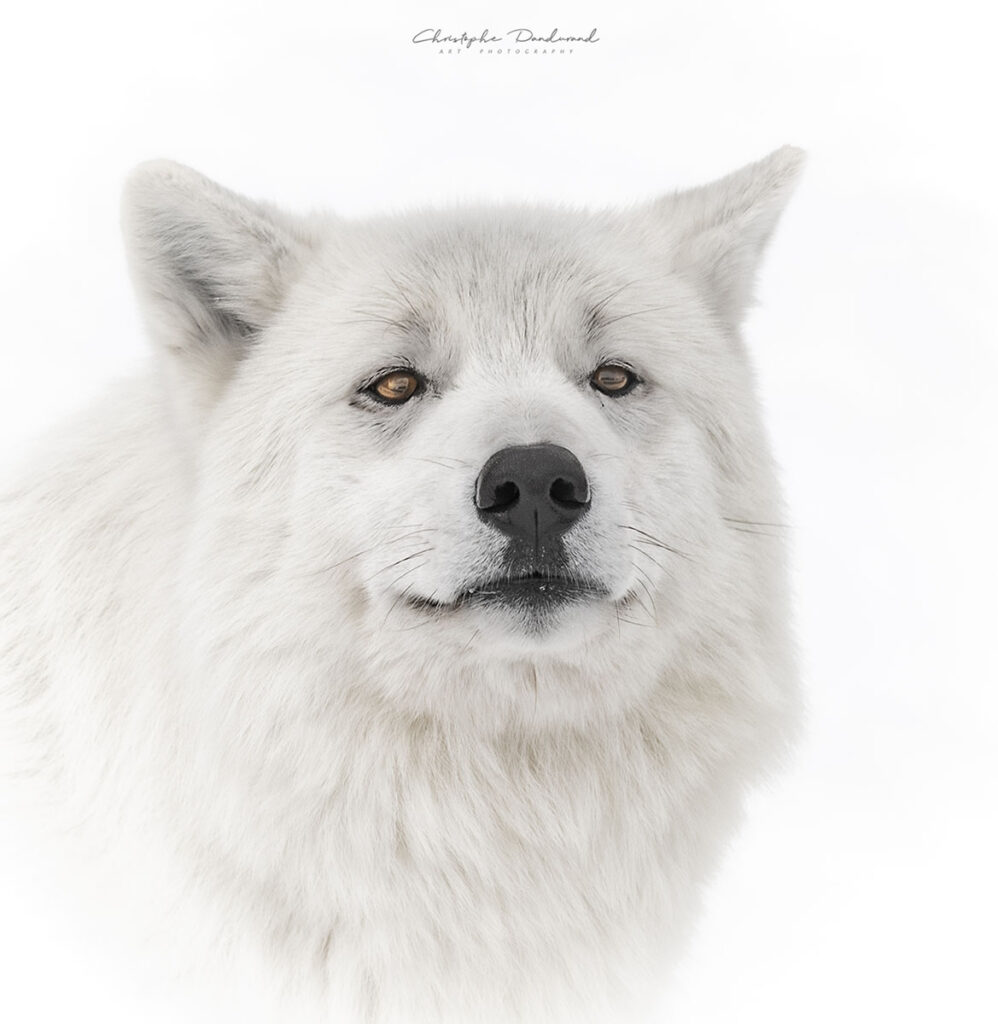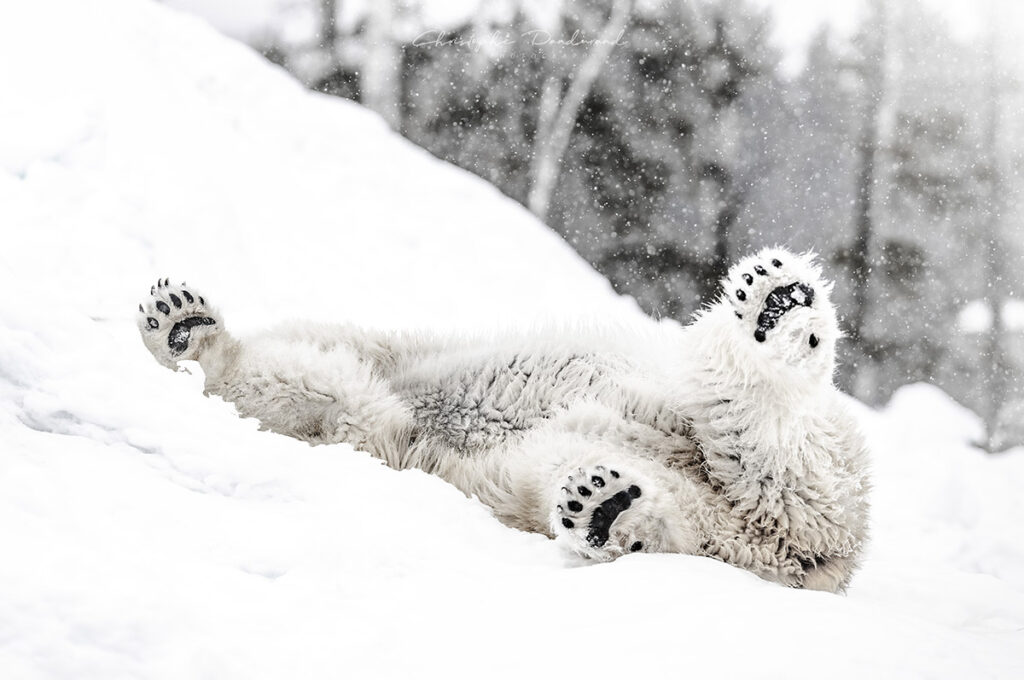
It’s been a challenging two years – and during this time, many of us planned a photo safari in Africa, Asia or North America, which had to be cancelled!
Perhaps your finances do not allow you to include a dream photo adventure of this magnitude, or you just don’t have the time – whatever prevented you from embarking on a photo safari doesn’t really matter – you can create spectacular wildlife images with a bit of planning, some knowledge of technique, and the right equipment.
During a “normal” year, I spend an average of 1 to 2 months in Kenya. A few months ago, I received what many consider to be the “Holy Grail” of mirrorless camera – the Nikon Z9. Unfortunately, my next expedition to Africa was too far in the future, and I couldn’t wait to enjoy this extraordinary camera.

With an African safari out of the question for the time being, I decided to explore the many features of my new camera at the St. Félicien Zoo. I packed my 200mm f2 and the FTZ adapter. The Z9 with its 45.7 MP sensor and the ability to crop the image to achieve a greater telephoto effect would do the rest. My only regret was that I did not bring my monopod – the excursion included 4 hours of walking and 1 hour on the train, and the photo shoots took their toll on my back and neck… it isn’t easy to hand hold a 4.9 kg rig for so many hours! In short, the equipment lessons I had learned in Africa did not help me take good photos at the Zoo!

In a Zoo, it’s a different kind of photo safari, with many background concerns and framing challenges, compared to the generally open and unobstructed vistas common on an African or North American photo excursion.
Let’s focus first of all on the axis of the photo. Yes, there is always the opportunity to alter your images in Photoshop, and Lightroom. The goal is always to eliminate whatever poles, fences, cables, buildings, or other human creations that may be present in your wildlife photo composition.


Photographing animals is, in some ways, similar to photographing people – a visual perspective at the subject’s eye level is usually the best way to begin framing your photo. The height of the lens is usually between 15 and 48 inches in when it comes to Bears, Wolves, Tigers, Bison, and other animals. In a Zoo like St. Félicien, it is very complicated to achieve this perspective, because we walk on footbridges that are often more than 10 feet above the ground level in the wildlife enclosures, so you have to adapt to the internal topography of the enclosure, the position of the animal, and the changes in height of the paths and bridges, all while avoiding the list of objects mentioned above, and taking into account the angle of the sun – Zoo safari photography is not simple!

Despite all of the complexities of my adventure at the Zoo, I really had a lot of fun. The Z9 is quite simply the camera body that I have been waiting for over many years – it’s like a D5 mixed with a D850 with additional improvements! The focus capabilities are incredible – I never imagined that I could take a wildlife photo with a camera that tracked the animal’s eye better than my D850!

The Z9 packed enough power for 864 photos in 5 hours, and the battery still showed 50% capacity!
For this kind of wildlife photography, my usual settings are as follows: Mode “M”, ISO auto, and WB auto. I shot my images in RAW, the snow was falling, the sky was gray, so I was often shooting between f2 and f4. Because of the background and the various elements within the animal enclosures, I re-framed a lot, but this is all part of the game if you want to make believe that you are anywhere in the world except at the Zoo.

Looking for an adventure in wildlife photography close to home – try visiting your local zoo – it’s an expedition well worth your time and effort!
The photos accompanying this story were all processed in Lightroom and re-framed – often at 200% crop, which allowed me to print beautiful images, thanks to the 45.7 MP sensor. The new Z9 is fantastic, and one thing is certain, it could be my camera of choice for many years to come.

ABOUT THE AUTHOR
By Christophe Dandurand
Freelance photographer of African wildlife, portraits and landscapes















These are really good, and yes, I agree, taking photos in a zoo setting is never easy. Thankyou.
It’s mulanti lenkauni an African close family best masaai friend who has been great friend’s/family of Papa Christophe and Mom Sylvie 🥰🥰 for decades right now 🙏🇰🇪🥰🥰 living in southern parts of amboseli 🇰🇪,,I adore your best photography career and have really learn much through you in our togetherness in all visit to Kenya/amboseli as well into our masaai community people,,you have been of great help not only to me but so many needy families here 🙏🌍🇰🇪❤️👏👏 always will never forget your generosity and humanity heart’s you have as beloved Christophe family ❤️❤️🇰🇪🇨🇦 blessings to you forever 🙏